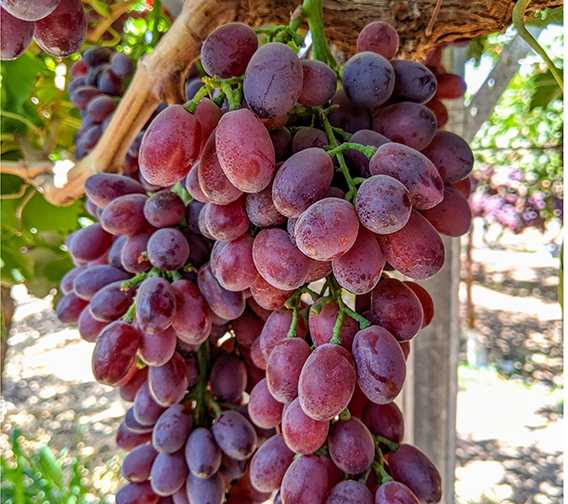Stay A Step Ahead Of Psyllids

Any scientist will tell you that nature doesn’t stand still. That’s certainly the case with the Asian citrus psyllid (ACP), according to Lukasz Stelinski, an entomologist with UF/IFAS. He and his colleagues’ research has shown the pest’s sensitivity to important pesticides is changing from year to year.
“I want to emphasize what we’ve found in research is not cause for alarm at this point,” he says. “But, it is an eye opener that changes are taking place in ACP populations, so we must be vigilant with rotations and good management practices for the pest.
“The point of our research is to keep a pulse of ACP populations, so if and when we have a problem, we can recognize it quickly and take the appropriate measures.”
Tolerance Evolving
Stelinski began monitoring ACP field populations for resistance to insecticides beginning in 2008. These pests were compared to a laboratory grown ACP population that is highly susceptible to all insecticides. The field populations are exposed to dosages of chemicals and compared to the vulnerable population over time.
In the test, mortality levels are monitored as well as enzymes the ACP produce to detoxify, and if mutations are being developed at the specific sites different insecticides target to cause mortality. Stelinski says the enzymes are important because as they build up, the ACP can become more tolerant to important tools in the fight against the pest.
“The 2009 trials provided the first baseline of what was happening in the field,” he says. “So, as early as 2009, we were finding changing sensitivities of ACP populations to important insecticide classes like organophosphates and carbamates.”
By 2010, trials were showing some level of reduction of sensitivities of ACP populations to major classes of insecticides across the state. However, the dosage rates being tested were very low and the field populations are being tested against highly susceptible lab ACP.
The data from 2011 provide more news — some bad and some good. Tests showed a marked reduction in sensitivity to a pyrethroid and organophosphate. While these reductions were demonstrated at below label rates, there is no evidence of product failure at the field level. Stelinski says this data shows that we don’t want the trendline to continue.
The 2011 trial data did provide some good news in that neonicotinoids showed no further decrease in sensitivity from the previous year. “These products are so very important to help us protect younger trees through systemic activity and helping to prevent ACP from transmitting HLB,” says Stelinski. “These things bounce around, so we must remain vigilant, but it was good not to see further reduction in sensitivity to critical neonicotinoid products.”
Top Tips
To extend the viability of key insecticides used in the fight against ACP, Stelinski offers five suggestions for growers to consider:
1. Any rotation is better than no rotation. Keep track of a product’s mode of action (MOA) and don’t follow the same MOA in sequential order of applications.
2. Cooperation works. The coordinated sprays under citrus health management areas (CHMAs) will help to slow the development of resistance and have been effective in controlling ACP populations over broad areas. “The more minds we have working together to guard against resistance the better,” says Stelinski.
3. Be aware of multiple MOAs. Stelinski cautions that the newer products coming onto the market can be a little more complicated because they often have more than one MOA. This makes them very effective for control of pests, but this should be noted to avoid following an application with the same MOA that is contained in the new products hitting the market.
4. Do not cut rates, especially with low-volume applications. “We are finding the ACP are building up tolerance because of these higher enzymes used to detoxify,” says Stelinski. “If you are applying the correct rate, very few of the ACP with the higher enzymes are surviving. By cutting the rate, more of these pests survive and go on to breed more tolerant ACP.
5. Young tree protection. Where growers are using multiple neonicotinoid applications to protect young trees, be sure to break up those applications with another MOA to avoid potential resistance problems with this essential class of chemistry.










